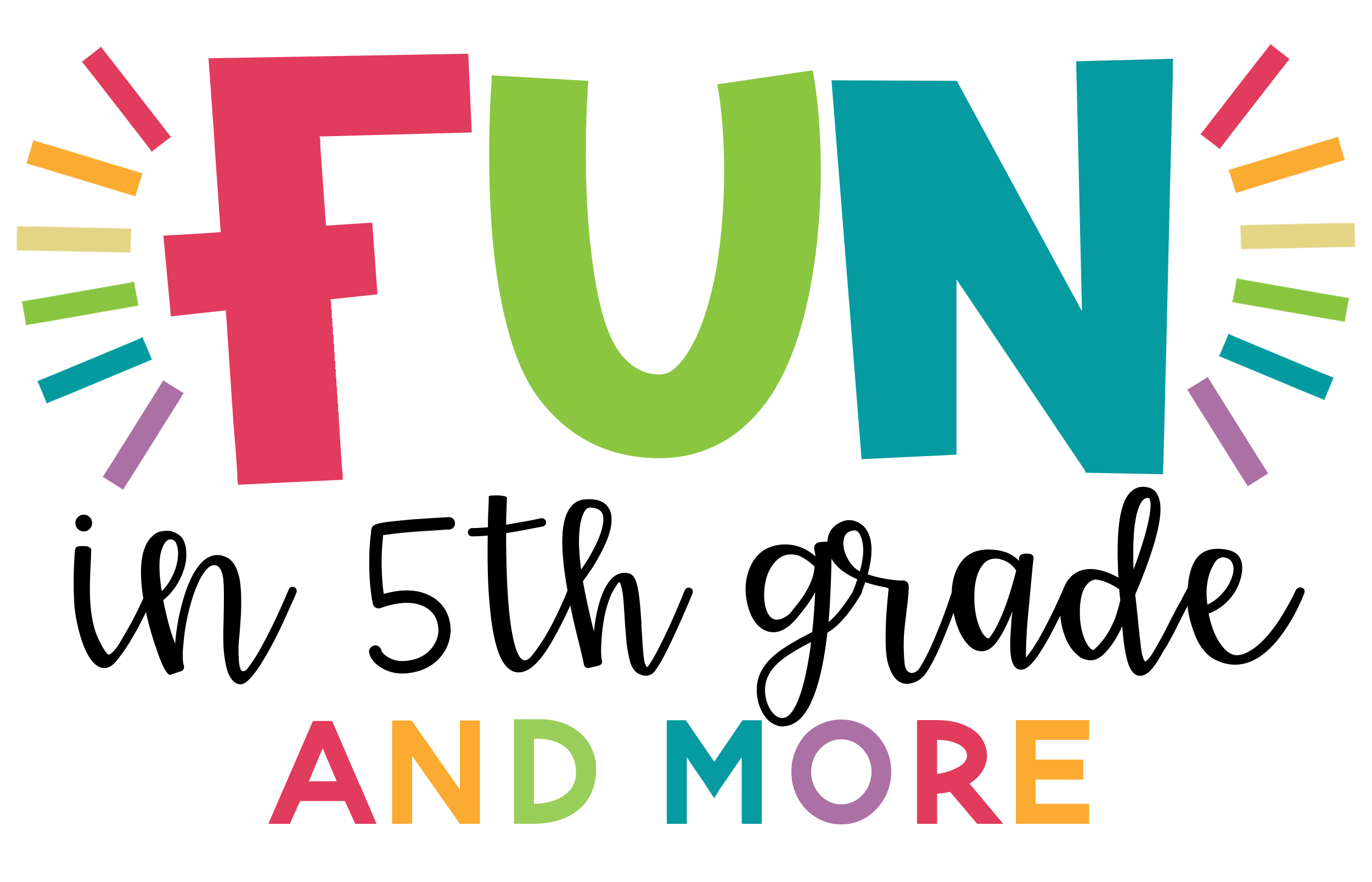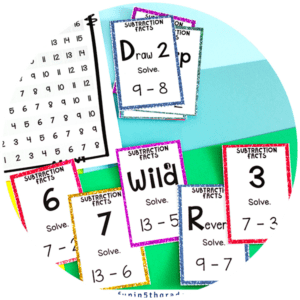Teaching factors and multiples in elementary school is a challenge, but it is a challenge we are willing to conquer here at Fun in 5th Grade! In this post, we are talking about teaching factors and multiples as numbers with superpowers…a concept most students can connect with!
Sometimes it feels like there are math concepts that you just know, but you aren’t sure why or how you know them.
That is how I’ve always felt about factors and multiples.
Factors and multiples are something that I know, but having to break down what they are and how to find them has always been a challenge because I struggle to find the words.
One of the ways I’ve learned to teach students about them is through the idea of superheroes and superpowers.
Let me show you what I mean.
Teaching Factors and Multiples in Upper Elementary
As we talk more about factors and multiples, make sure your students are constantly reviewing divisibility rules. If you want a resource to make this easier, download the Divisibility Rules poster below!

Teaching Factors as Superheroes
When we’re talking about factors as superheroes, we have to know that the leader of the superhero gang is always the number 1. He is the first and most important superhero because he is always there, and he’s the one who will help to determine which other superheroes will be needed to accomplish the mission!
The next most important part of our superhero story is to know the problem our superhero is trying to solve. When we’re working with factors, I like to think about this like my superhero is trying to scale a building. That building is the number that I’m working with.
So, if I’m trying to find the factors for the number 12, then my building is 12 stories tall, and my superhero leader (number 1) is trying to figure out who he needs to call to get to the top.
So that’s when we need to call on our other superhero friends to help.
To figure out how we can get to the top, we have to figure out which superheroes, when multiplied together, can reach the top of the building without going over.
A common question I get from students is whether or not we can call on more than 2 superheroes. I tell them that the elevator can only hold two people at a time. So, I can have more than 2 factors at the top when it’s all said and done, but they can only work in pairs.
So, who else can I get to the top?
We’ll work through one number at a time from 1-12 to find our factors.
EXAMPLE:
- The number 2 can get to the top, but he’ll need his friend number 6 to help (2×6=12). They can ride up the elevator together.
- Number 3 can also get to the top, but she’ll need her friend number 4 to help. (3×4=12). They can ride up the elevator together.
- Number 5 can’t get to the top because if he rides with number 2, they’ll only make it to floor 10, and if he rides with number 3, he’ll go over.
- The number 7 can’t get to the top because she can’t get there by herself, and if she goes up with number 2, she’ll go over.
- Number 8 can’t get to the top because she can’t get there by herself, and if she goes up with number 2, she’ll go over as well.
- The same goes for numbers 9, 10, and 11 as well.
- The number 12 can get there with the help of number 1.
So, the only superheroes that will fight in this battle are numbers 1,2, 3, 4, 6, and 12. They are the only factors who can make a difference in this battle.
Multiples are the Battles
Just like not every superhero is in every superhero movie, neither is every number in every battle.
Every number has a specific number of battles it can fight in. Not all numbers are factors in every battle.
Multiples are like the battles the number can participate in. The easiest way to figure out which battles the number can fight in is to multiply the number by other numbers.
To determine the multiples (the battles), we’ll multiply the number we’re working on with the number 1 then go to 2, then 3, and on and on to figure out how each number can be used.
Example:
- 3 x 1 = 3
- 3 x 2 = 6
- 3 x 3 = 9
- 3 x 4 =12
- 3 x 5 =15
…and on and on
Here’s another example with the number 2.
- 2 x 1 = 2
- 2 x 2 = 4
- 2 x 3 = 6
- 2 x 4 = 8
- 2 x 5 = 10
- 2 x 6 =12
- 2 x 7 = 14
- …and on and on.
So, using these two charts, we can see that if we are fighting a level 10 battle, then number 2 can be used, but number 3 can’t. Similarly, if we are fighting a level 6 battle, both numbers will be factors.
The idea of teaching factors and multiples as numbers with superpowers is just a different way of talking about numbers. For some kids, this kind of language is not needed or helpful, but for others, it will help explain the relationship between factors and multiples that they couldn’t fully grasp before.

As your students continue to work with factors and multiples, consider using this Factors and Multiples Game Show as a resource. It can be used as a fun game, or you can use the questions from the slides as a way to practice!
If you’re looking for more fun ways to practice or review upper elementary math concepts, consider looking into this post about math review centers!





